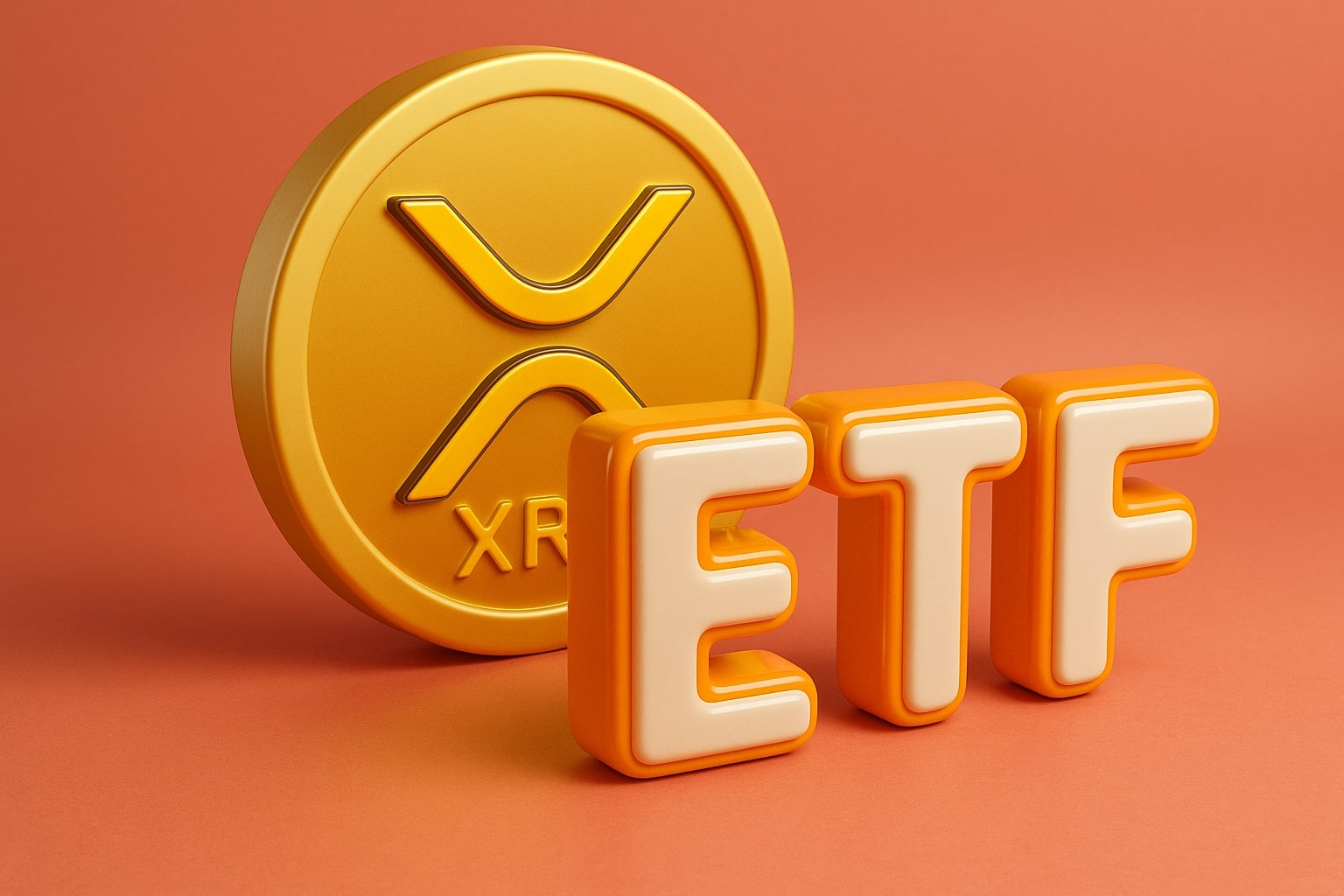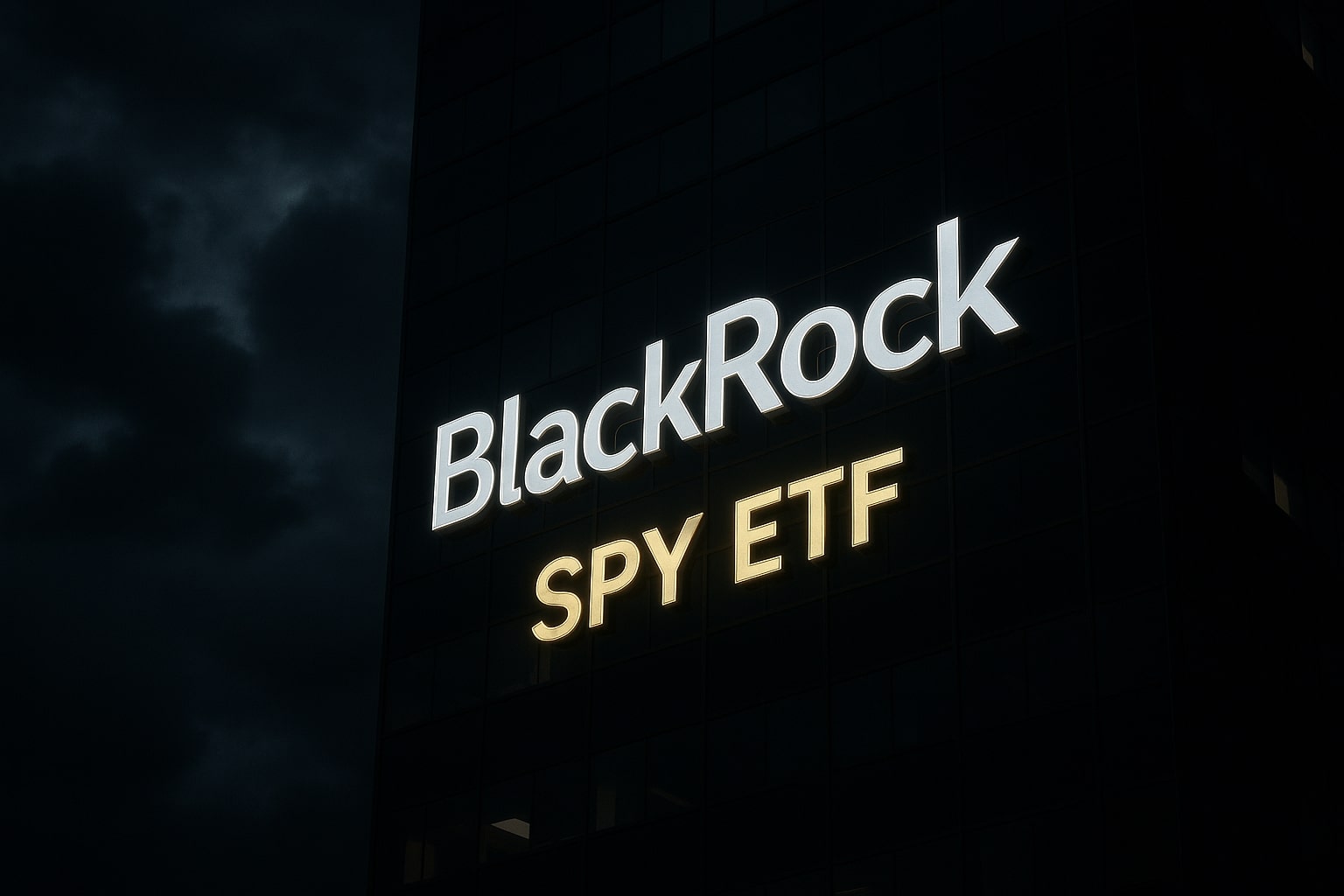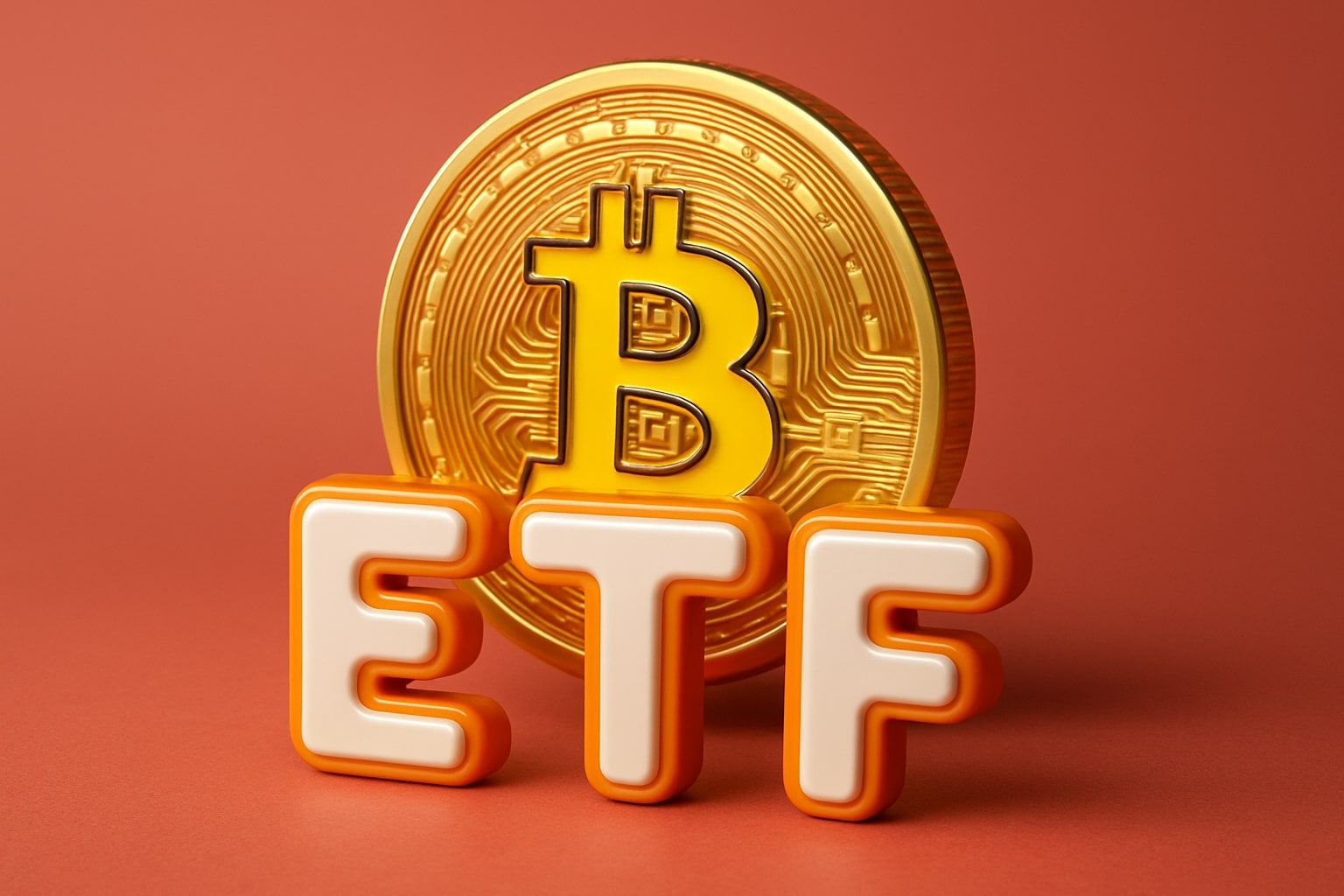
Intel Stock Price Forecast - INTC Holds $37.35 Ahead of Q3 Results as $16B Stake Deals
Intel’s stock hovers near $37.35 after an 84% YTD surge, fueled by U.S., Nvidia, and SoftBank investments | That's TradingNEWS
Intel Stock Price Forecast - NASDAQ:INTC Shares Trades at $37.35 Ahead of Earnings as $16B Stake Deals, 18A Node Progress, and AI Partnerships Define Its Turning Point
Intel Corporation (NASDAQ:INTC) is entering one of the most pivotal earnings days in its modern history. The stock traded at $37.35 (+1.16%) on Thursday afternoon, up sharply from early October lows near $33.00, as investors brace for its Q3 2025 earnings release scheduled for today, October 23, after market close. The rally, up more than 84% year-to-date, has been fueled by transformative funding deals totaling $16 billion, renewed AI alliances, and cautious optimism around CEO Lip-Bu Tan’s restructuring roadmap. Yet beneath the surface, the questions of yield reliability, foundry losses, and sustainability of these gains are dominating investor sentiment.
Massive $16 Billion Capital Infusion Redefines Intel’s Balance Sheet
The latest funding wave has shifted the entire investment narrative surrounding Intel (NASDAQ:INTC). The U.S. government converted CHIPS Act support into a direct $8.9 billion equity stake, granting it a 9.9% ownership position in the company. The move, unprecedented for a private U.S. semiconductor firm, effectively turns Intel into a partial state-backed enterprise — a “national security asset” in Washington’s industrial policy. Nvidia (NASDAQ:NVDA) followed with a $5 billion investment for roughly 4% equity, forming a partnership focused on hybrid AI data center platforms that blend Intel’s x86 CPUs with Nvidia’s accelerator ecosystems. Meanwhile, SoftBank (OTC:SFTBY) added a $2 billion injection, broadening Intel’s international funding base. Together, these strategic investments provided over $16 billion in liquidity, giving Intel critical runway to manage its debt, which still exceeds $50.8 billion, while fueling next-generation manufacturing and AI initiatives.
Despite the scale of the funding, the details remain thin. Analysts continue to question the timing of fund deployment, governance structures, and whether potential share dilution could weigh on upcoming quarters. Options markets, reflecting this uncertainty, imply a 28% move in either direction post-earnings — signaling extreme volatility expectations for INTC in the coming sessions.
Earnings Expectations: Thin Margins and Pressure to Prove Execution
Wall Street’s consensus forecasts Q3 2025 revenue at $13.16 billion, up 0.8% year-over-year, marking Intel’s first top-line improvement after multiple quarters of contraction. Adjusted EPS is expected around $0.01, compared to a $0.46 per-share loss in the same period last year. The company’s PC division is projected to grow 11% YoY, reaching roughly $8.12 billion, buoyed by global PC shipment growth of 8% in Q3 as consumers upgrade systems ahead of Microsoft’s Windows 10 sunset. Conversely, the foundry business is expected to remain flat near $4.3 billion as Intel Foundry Services grapples with steep $3.2 billion quarterly operating losses and yield issues on its Intel 18A node.
Profitability remains fragile. Intel’s net income for Q2 was –$2.92 billion, and its net margin stands at –22.7%, underscoring how far it still must go to restore investor confidence. Operating expenses have fallen to $4.83 billion, down 13% year-over-year, reflecting aggressive cost cuts under Lip-Bu Tan’s restructuring plan. Yet, analysts warn that without tangible improvement in yield and order visibility, Q4 could again test patience among long-term holders.
18A and Panther Lake: Intel’s Technological Gamble
Intel’s future rests on the 18A process node, now the centerpiece of its turnaround strategy. The company claims 50% faster performance and 40% lower power usage versus its predecessor, Lunar Lake, positioning Panther Lake CPUs as a potential 2026 growth catalyst. Reports suggest that Microsoft’s Maia 2 AI accelerators may already be testing 18A-based designs — a potential sign of validation that could attract other hyperscalers if confirmed.
The Fab 52 facility in Arizona is expected to begin high-volume output late this year, but internal reports indicate yields are still hovering between 50–55%, below the 70% threshold needed for sustainable profitability. Intel is also relying heavily on Synopsys for EDA optimization, leveraging design kits that include IP support for PCIe 7.0, UCIe, and 224G Ethernet — essential for high-performance computing and AI server applications. If 18A can achieve full qualification by mid-2026, Intel could finally compete with TSMC (NYSE:TSM) and Samsung in leading-edge foundry contracts.
Read More
-
S&P 500 SPY ETF (NYSEARCA:SPY) Holds $667 as AI Spending Surge Counters Weak Labor Momentum
07.11.2025 · TradingNEWS ArchiveStocks
-
Ripple’s XRP ETFs soar — XRPR up 6.41% to $19.27 and XRPI up 7.34% to $13.89
07.11.2025 · TradingNEWS ArchiveCrypto
-
Natural Gas Price Forecast - NG=F Steadies at $4.33 as 110.1 Bcf/day Output and Cold Front Shape Price Outlook
07.11.2025 · TradingNEWS ArchiveCommodities
-
USD/JPY Price Forecast - Dollar to Yen Pulls Back to 152.85 as 153K U.S. Job Cuts
07.11.2025 · TradingNEWS ArchiveForex
AI and Data Center Competition Intensifies
The global AI boom remains dominated by Nvidia and AMD (NASDAQ:AMD), leaving Intel as a distant third. Nvidia controls roughly 90% of the GPU accelerator market, while AMD’s MI300X series has secured multi-billion-dollar partnerships with OpenAI, Oracle, and Meta Platforms (NASDAQ:META). Intel’s Gaudi 3 accelerators, expected in 2026, aim to close the gap, but the company’s delayed launch means limited near-term revenue from AI hardware.
However, its collaboration with Nvidia and a potential contract to supply custom AI chiplets could finally bring synergy between the rivals. For now, AI-related optimism remains largely priced in — investors are seeking real data center orders rather than symbolic partnerships. The Granite Rapids and Sierra Forest CPUs, both designed for AI workloads, are seeing increased adoption among hyperscalers, but production bottlenecks continue to cap momentum.
Restructuring and Leadership Strategy Under Lip-Bu Tan
Since taking over in March 2025, CEO Lip-Bu Tan has implemented a sweeping transformation plan. Intel has cut roughly 20% of its workforce — reducing headcount to near 75,000 — and exited unprofitable ventures such as Altera FPGA through partial divestitures. The firm has reoriented CapEx toward demand-driven fabrication, emphasizing returns over scale. While these moves stabilized cash flow, execution risk remains high given the scale of Intel’s manufacturing commitments.
Tan’s leadership has been bolstered by his track record at Cadence Design Systems, where he executed a turnaround through IP licensing and ecosystem partnerships. That same model is being adapted to Intel’s foundry services, where third-party chip designers are expected to account for up to $10 billion in external contracts by 2027. Yet, investors are looking for proof that those deals can be secured at profitable yields before assigning long-term valuation premiums.
Market Valuation, Analyst Split, and Technical Levels
At $37.35, Intel trades at a forward P/E ratio of 316x and EV/Sales of 4.1x, levels typically reserved for high-growth firms — not a legacy semiconductor company struggling with negative net margins. Of 32 covering analysts, only two rate INTC as Buy, 24 as Hold, and six as Sell, with an average target price of $29.27, implying about 21% downside from current levels. Bank of America and Bernstein analysts have both highlighted “valuation overshoot” concerns, citing dependency on one-time capital inflows rather than structural earnings growth.
Technically, INTC trades within a consolidation channel between $35 and $40, forming a potential golden cross as the 50-day moving average ($36.9) crosses above the 200-day. RSI readings around 68 point to overbought conditions, suggesting near-term volatility. Immediate support sits at $35.00, followed by $33.20, while resistance remains at $39.65, the stock’s 52-week high. Traders anticipate a 10% post-earnings move, potentially pushing shares toward either $32 or $42, depending on the report’s strength.
Insider Transactions and Ownership Dynamics
According to Intel’s insider transaction records, executive activity has been subdued in 2025, signaling management’s longer-term confidence. The U.S. government’s and Nvidia’s new equity stakes have significantly altered Intel’s shareholder base, raising institutional ownership to over 62%. Analysts warn that political oversight could complicate governance, though many investors view the government’s presence as a de facto safety net — ensuring Intel’s strategic importance to U.S. manufacturing resilience.
Verdict: Hold with Bearish Tilt Until Execution Improves
Intel’s revival depends on whether the capital inflows translate into tangible operational gains. At $37.35, the stock reflects optimism for a turnaround that has yet to manifest in earnings. With government support, Nvidia collaboration, and 18A ambitions offering a lifeline but not immediate profit catalysts, the stock remains a Hold with a bearish bias. If Q3 results deliver credible evidence of yield recovery or AI-driven order wins, sentiment could flip bullish. Until then, Intel’s momentum rests on hope — and a government-backed runway to prove it deserves its rally.
















